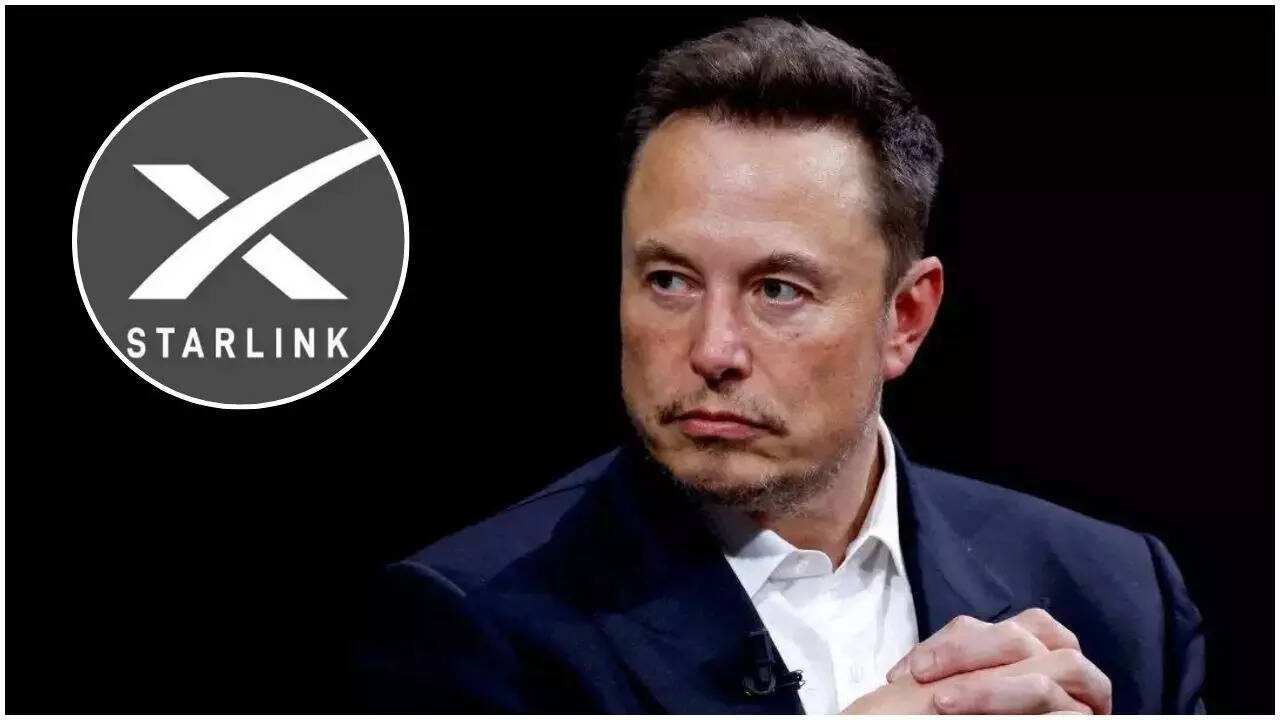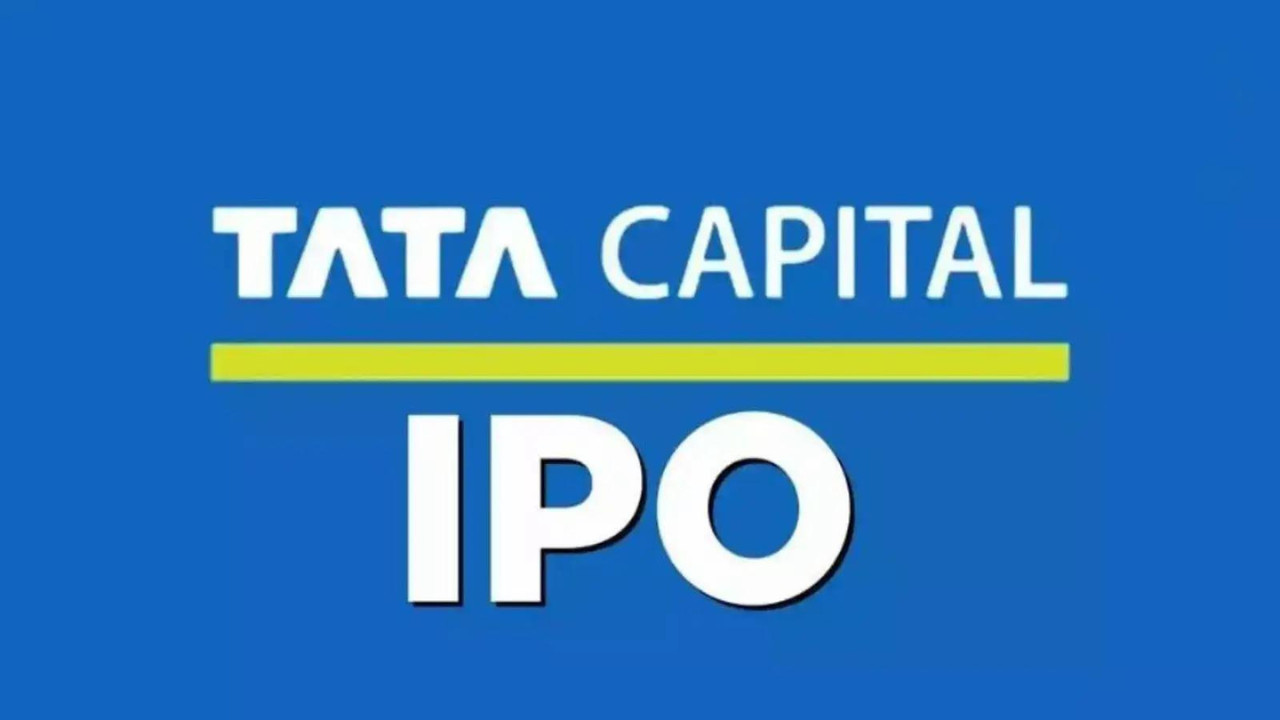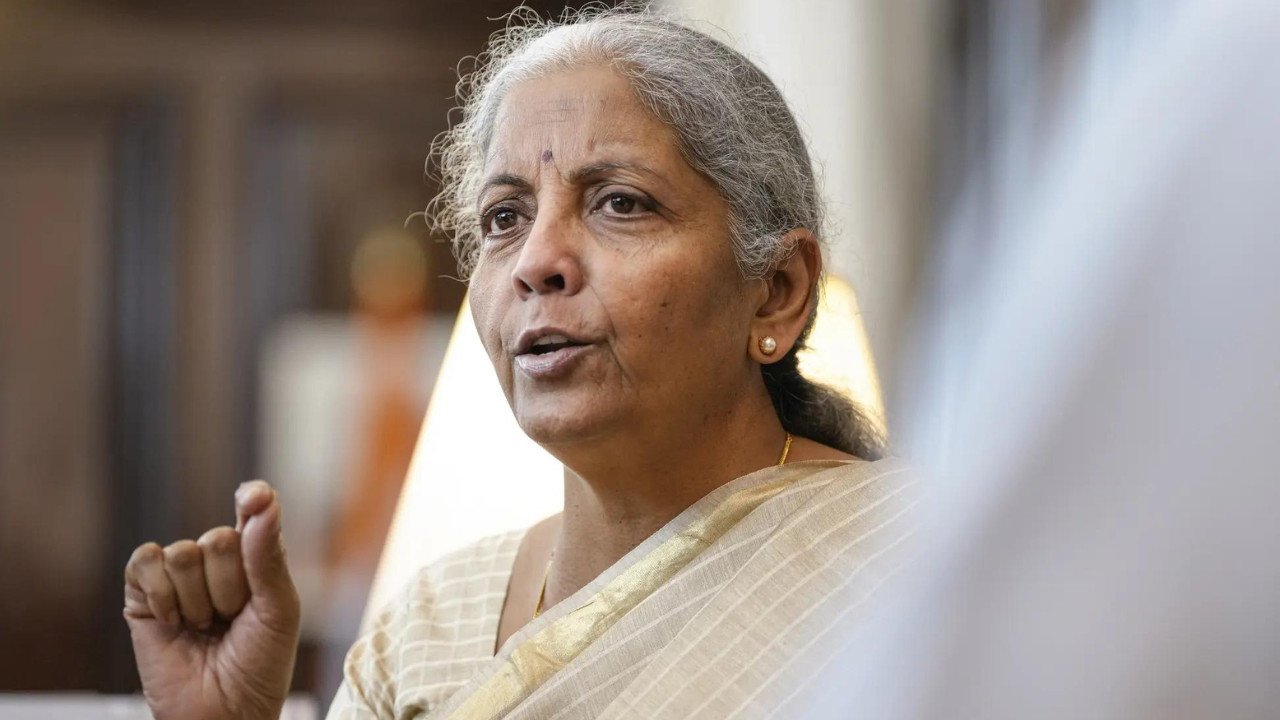Starlink is actively establishing its terrestrial infrastructure in India, engaging in advanced discussions with data center operators, internet exchange providers, and telecom companies. Having secured necessary clearances and trial bandwidth, Starlink is finalizing ground station locations to connect its satellite network. These strategic tie-ups aim to support large-scale satellite connectivity, positioning Starlink to compete in India’s growing satcom market.
Starlink’s Orbit Around India: Broadband Dreams Take Flight?
Elon Musk’s Starlink isn’t just a constellation of satellites; it’s a signal of intent – a bold ambition to connect the unconnected. And the latest whispers suggest that this ambition is zeroing in on India, promising a potential shake-up in the country’s broadband landscape. The buzz is building as Starlink reportedly engages in serious discussions with data centers and telecom operators, laying the groundwork for a potential nationwide rollout.
Imagine a reality where internet access isn’t dictated by terrestrial cables and infrastructure limitations. That’s the tantalizing vision Starlink offers – high-speed, low-latency internet beamed directly from space. It’s a game-changer, particularly for rural and remote areas where traditional broadband infrastructure struggles to reach.
But getting there is a complex dance. India, with its unique regulatory environment and competitive telecom market, presents both immense opportunity and significant challenges. Starlink’s reported engagements with local players signal an understanding that navigating this landscape requires collaboration and a localized approach. These conversations are rumored to revolve around securing necessary infrastructure and establishing strategic partnerships.
Why India? The Untapped Potential of Starlink Broadband
India’s vast and diverse geography, combined with a growing digital economy, makes it a prime target for satellite internet services. While mobile penetration is high, fixed broadband access lags behind, especially in rural regions. This digital divide presents a significant barrier to economic growth and social inclusion. 
Starlink promises to bridge this gap, offering a viable alternative to traditional broadband solutions. Its ability to deliver high-speed internet to even the most remote corners of the country could unlock unprecedented opportunities for education, healthcare, and economic development.
The potential impact on businesses is equally significant. Imagine farmers accessing real-time market information, entrepreneurs connecting with global customers, and remote communities participating fully in the digital economy – all powered by reliable, high-speed internet.
Hurdles on the Horizon: Regulatory and Competitive Landscape
Despite the immense potential, Starlink faces several hurdles in India. Regulatory approvals are crucial, and navigating the complexities of the Indian telecom sector requires patience and strategic maneuvering. Securing necessary licenses and complying with local regulations is paramount.
Moreover, Starlink will need to contend with established telecom giants like Reliance Jio and Bharti Airtel, who are already investing heavily in expanding their broadband infrastructure. Competition will be fierce, and Starlink will need to demonstrate a clear value proposition to attract customers in a price-sensitive market.
Another challenge lies in managing the costs associated with setting up and operating a satellite internet service. Affordability will be key to widespread adoption, particularly in rural areas where incomes are lower. Starlink will need to find a balance between providing high-quality service and offering competitive pricing. See also this piece about how other satellite internet providers are tackling similar cost concerns and regulatory hurdles. [Internal Link]
What’s Next for Starlink in India?
The reported talks with data centers and telecom operators are a positive sign, suggesting that Starlink is serious about its India ambitions. The next few months will be crucial in determining whether these discussions translate into concrete partnerships and regulatory approvals.
Ultimately, Starlink’s success in India will depend on its ability to navigate the complex regulatory landscape, establish strategic partnerships, and offer a compelling value proposition to customers. The potential rewards are immense, but the challenges are equally significant.
The promise of high-speed, low-latency internet reaching even the most remote corners of India is undeniably exciting. Starlink’s journey is one to watch, as it could reshape the country’s broadband landscape and unlock unprecedented opportunities for economic growth and social inclusion. Will Starlink be the key to unlocking India’s full digital potential? The answer, for now, is orbiting somewhere above us.







